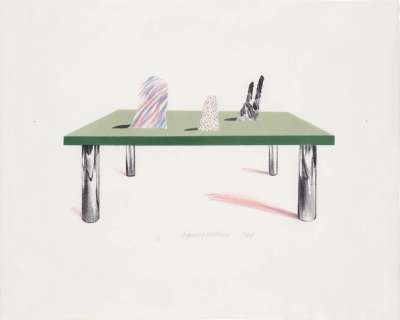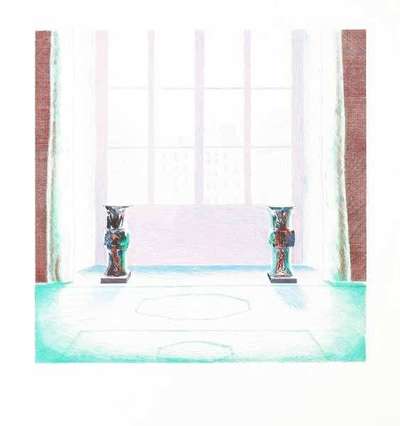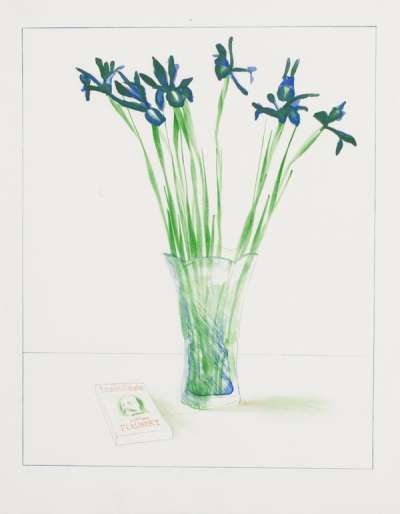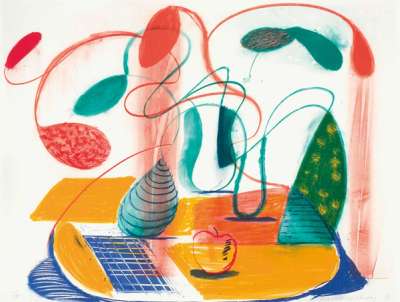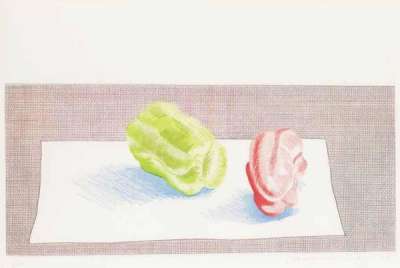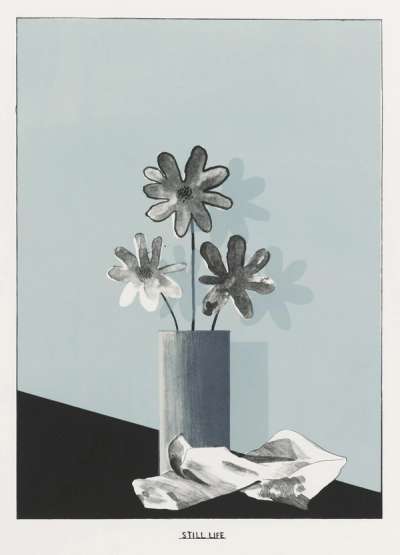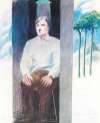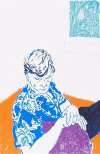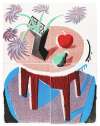Still
Lifes
In David Hockney’s Still Life series the artist’s long-running interests in optics and perspective come to the fore, along with the obsession with light and shadow that brought him to sunny LA, where most of these print compositions were produced.
David Hockney Still Lifes For sale
Still Lifes Value (5 Years)
Works from the Still Lifes series by David Hockney have a strong market value presence, with 82 auction appearances. Top performing works have achieved standout auction results, with peak hammer prices of £55848. Over the past 12 months, average values across the series have ranged from £3714 to £26424. The series shows an average annual growth rate of 3.23%.
Still Lifes Market value
Auction Results
| Artwork | Auction Date | Auction House | Return to Seller | Hammer Price | Buyer Paid |
|---|---|---|---|---|---|
 Glass Table With Objects David Hockney Signed Print | 3 Dec 2025 | Artcurial | £5,525 | £6,500 | £8,500 |
 Still Life With Book David Hockney Signed Print | 23 Oct 2025 | Sotheby's New York | £14,450 | £17,000 | £24,000 |
 Two Peppers David Hockney Signed Print | 27 May 2025 | Artcurial | £6,375 | £7,500 | £10,000 |
 Table Flowable David Hockney Signed Print | 16 Apr 2025 | Christie's New York | £11,475 | £13,500 | £18,000 |
 Still Life David Hockney Signed Print | 19 Sept 2024 | Phillips London | £2,508 | £2,950 | £4,050 |
 Alka Seltzer David Hockney Signed Print | 31 Jan 2024 | Abington Auction Gallery | £4,250 | £5,000 | £6,000 |
 Still Life (silver flowers) David Hockney Signed Print | 15 Nov 2023 | Sotheby's Online | £3,400 | £4,000 | £5,500 |
 Two Vases In The Louvre David Hockney Signed Print | 29 Oct 2022 | SBI Art Auction | £29,750 | £35,000 | £40,000 |
Sell Your Art
with Us
with Us
Join Our Network of Collectors. Buy, Sell and Track Demand
Meaning & Analysis
Hockney continually embraces the still-life artistic tradition and his Still Lifes series captures this commitment to unique observation and detail. David Hockney embraces this tradition across his large oeuvre of prints which sees him coming back to the essential elements of observation time and again. Whether in one of his first lithographs,Still Life (silver flowers) or works, we see him giving as much attention to inanimate objects and flowers as in his portraits of his most beloved friends.
Here the artist’s long-running interests in optics and perspective come to the fore, along with his obsessions with light and shadow which brought him to LA, where most of these compositions date from. Objects are studied on a plane, usually a table, with the background left blank as if against a wall, or facing a window, as with the 1969 Still Life. Often a book is placed next to a vase of flowers, adding a third element to the composition, as in Still Life With Book. While many of these works seem to follow a tradition Hockney also subverts the genre to great effect in prints such as Alka Seltzer, an early aquatint study of packaging that recalls his famous Typhoo painting. Not strictly a still life, the work includes a figure surrounded by text, as in the style of Myself and My Heroes. Here the artist takes his familiar practice of paying close attention to an object or logo and transforms it into a living tableau, injecting the still life with a narrative.
Table Flowable also sees Hockney playing with abstraction within the still life genre. Here, loosely formed vases and a roughly sketched apple sit on a table that appears to be in a state of flux. Bulbous flowers emerge from the vessels, their blossoms resembling Calder’s mobiles, giving the composition a sense of dynamism and flow that we have come to recognise from the artist’s work in the ’90s, with print series such as Some New Prints.
